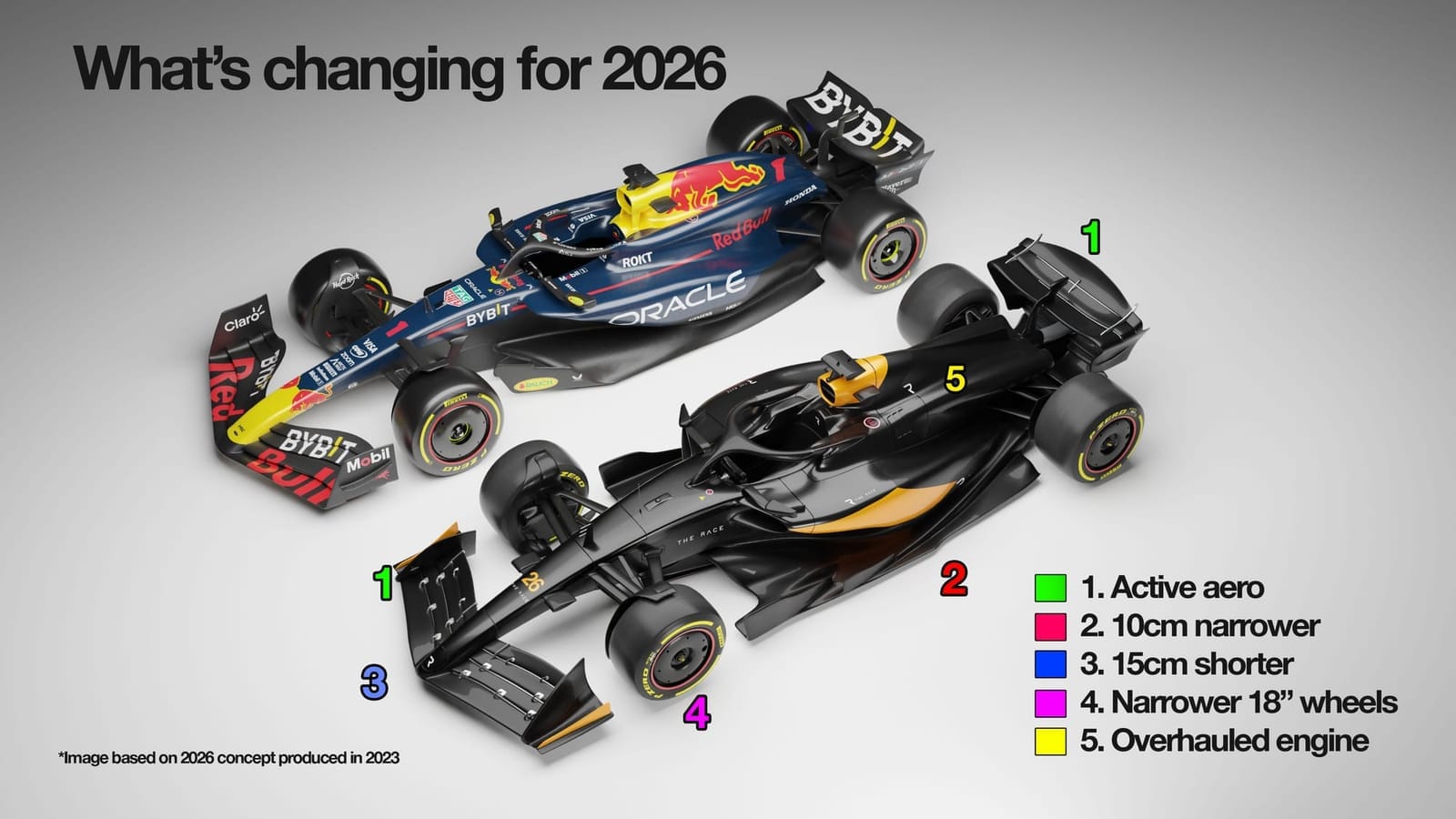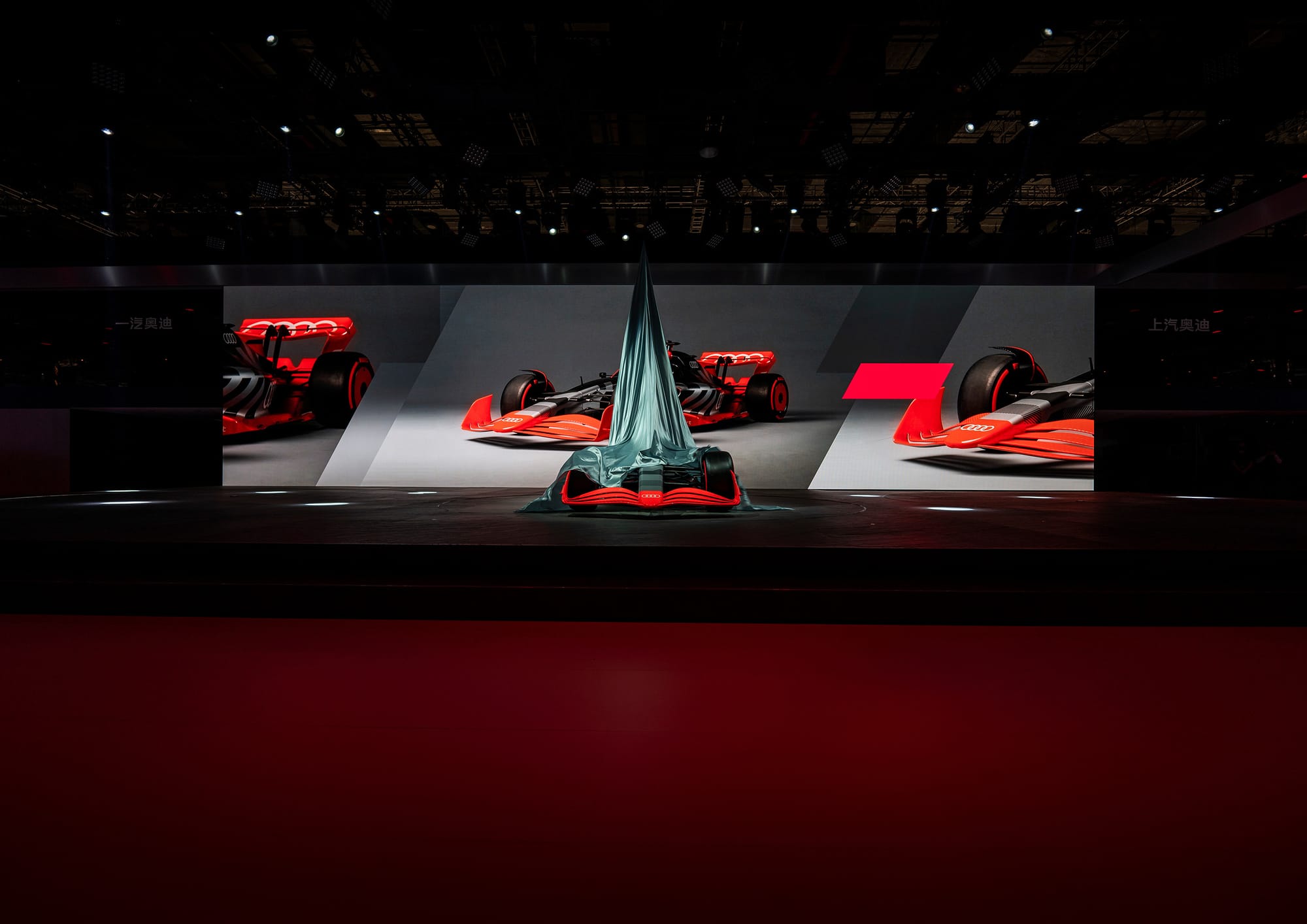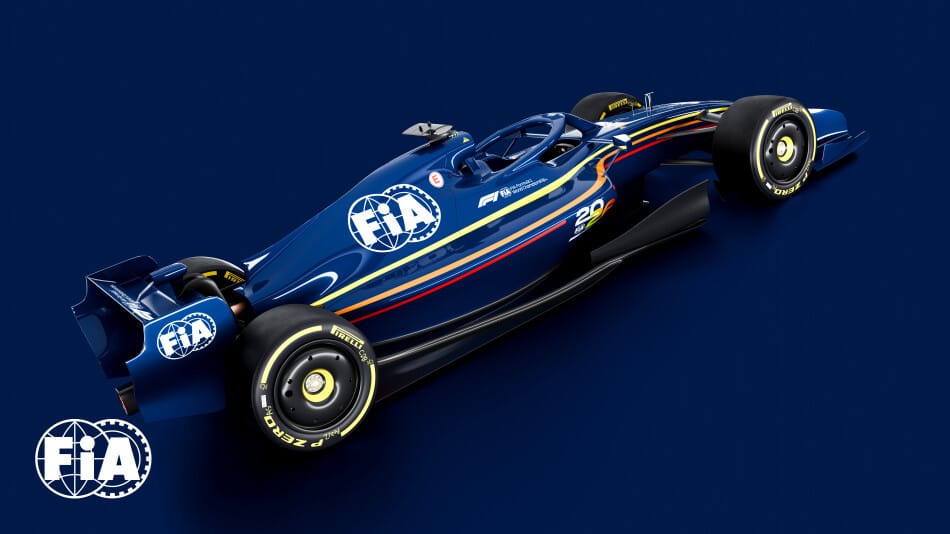In February 2023, the FIA released a statement proudly celebrating the fact six engine manufacturers had signed up for Formula 1 in 2026.
FIA president Mohammed Ben Sulayem rightly called this "testament to the strength of the championship and the robust technical regulations that have been diligently created by the FIA in close collaboration with Formula 1 and the power unit manufacturers".
Yet now, this vision of the future has faltered, and a change of course is being discussed.
So what's changed in two years to make that ironclad confidence in the righteousness of the future engine regulations melt away?
It's tempting to write this off as incompetent flip-flopping or dismiss Ben Sulayem's recent declaration that "we should consider a range of directions, including the roaring sound of the V10 running on sustainable fuel" as a crowd-pleasing distraction. That would be unfair given this is more than just idle chatter, with discussions taking place about the complex 2026 power units being scrapped, potentially after just two years of competition.
FIA single-seater director Nikolas Tombazis has confirmed these discussions are ongoing, stressing that any change would not and cannot be forced through unilaterally. It will only happen in collaboration with the manufacturers and teams via the established governance processes.
Yet despite the caution and caveats Tombazis wisely invokes, it was impossible to escape the conclusion that he, and the FIA, like the idea.
In many ways, that's astounding. The 2026 rules are founded on the desire for a near 50/50 split of electrical power to conventional V6 propulsion. Once that was established, with the MGU-K the only hybrid element thanks to the ditching of the MGU-H, the chassis rules were written to mitigate the negative effects of the imposition of the power units, hence the use of adjustable aero to facilitate a straightline mode and a corner mode to slash drag while also giving the cars grip in corners.
The necessary compromises went too far, going against the genuinely effective work the FIA has done to make the cars more raceable and preventing further improvements.
However, this isn't about correcting that mistake as Tombazis is adamant that the 2026 regulations will work. Instead, it's about whether F1 must course-correct in a rapidly changing world.
"Things have changed," said Tombazis when I asked him why the certainty of two years ago had been replaced with what would potentially be a dramatic reversal. "A significant factor is the perception, even amongst manufacturers, about the speed at which electrification will happen.
"This is a significant factor, we can't deny it. Back in 2020, 2021, when these discussions were had, the trend was pretty decisively in the direction of electrification. I'm not saying that's not happening, but certainly the views of the participants have changed since then.
"The second thing is that even if Formula 1 is in very good health financially, it has become important also to protect it against world economic fluctuations. We need to take these protective measures while the sun is shining and not when it starts raining, ideally. The drive to cut costs is important to consider."
It's true the automotive world is shifting towards a less single-minded objective. The absolute focus on electrification was a worthy, but one-dimensional solution to the challenges the world faces and it's becoming increasingly clear that this is just one of what is likely to be a range of technological answers that must be implemented. The growth of electric transport is a positive, but it's neither a perfect answer nor without its own problems.
There is also the pushback against the whole idea of the need to move away from hydrocarbon-smashing activities that the United States now spearheads under the leadership of president Donald Trump.

F1 won't abandon its worthy objectives, but this does impact the perspective of the manufacturers and the wider world. Trump's leadership might also contribute to nervousness about costs given the resulting economic uncertainty.
F1's 2026 regulations are symptomatic of the square-peg-into-round-hole effect of aligning itself with the capricious automotive world. At the time these rules were made, they were logical given the desire to hang onto manufacturers and pull in more.
As Tombazis has pointed out, F1 might only have had two left had it not headed this way, meaning that the regulations ticked that box. Renault's withdrawal at the end of this year means little in this context as it's rooted in the company's own puzzling F1 strategy, but five manufacturers for 2026 is still a healthy number.
At its heart, manufacturer participation in F1 is a marketing exercise with a side-helping of technological development. Audi has made it clear that the 2026 regulations were what attracted it, so unless it decides that this push could be a convenient reason to sell its whole operation to the Qatar Investment Authority, which acquired a minority stake last year, it will stand in the way. The FIA won't hang Audi, or any other participant, out to dry.

And yet, what's approaching is a key inflection point for F1.
Does it decide it can forsake the manufacturer money and lustre given the massive profile and stampede of companies from other sectors throwing cash at it?
Should it stick closely with the manufacturers and find a solution that most closely matches their current desires? Is there a middle course that can satisfy everyone?
And if change is needed, is a V10 with sustainable fuels (and that's a phrase that is in itself doing a lot of heavy lifting despite sounding like the ultimate panacea) the right way, or should it be a V8? Should it use a turbo for efficiency? Is the wider world ready for F1 to return to wailing engines given noise pollution concerns?
This is the crossroads F1 is at, one it was always likely to find its way to given the uneasy alliance of its own status as a sporting spectacle with the manufacturers and the technological and marketing objectives.
This situation could make for a messy period of readjustment, as every option has its positives and negatives. Do you make the change in 2028? Is there any tiny chance of unanimity to make the 2026 car and engine regulations go away despite everyone being well advanced and seemingly unable to turn on that particular sixpence? Should F1 stay on its current trajectory given the confidence it will work and the fact everyone is already far down that road?
Perhaps now is the right time for F1 to tackle the elephant in the room and decide whether F1 should stay hitched to the lucrative manufacturer bandwagon, or stand on its own two feet.
As the world changes, a business-linked global sporting enterprise such as F1 has to be willing to adapt and question its direction. The challenge is future-proofing yourself and making decisions for the long-term that could become the wrong ones as the prevailing conditions shift.
That's what has created the situation where there is a genuine possibility that F1 could overhaul its power units before the next scheduled change in 2031.
But there's also the risk of the knee-jerk reaction, one motivated by a nostalgia for what's come before and a belief that today's seemingly straightforward solutions could become as transient as yesterday's.




